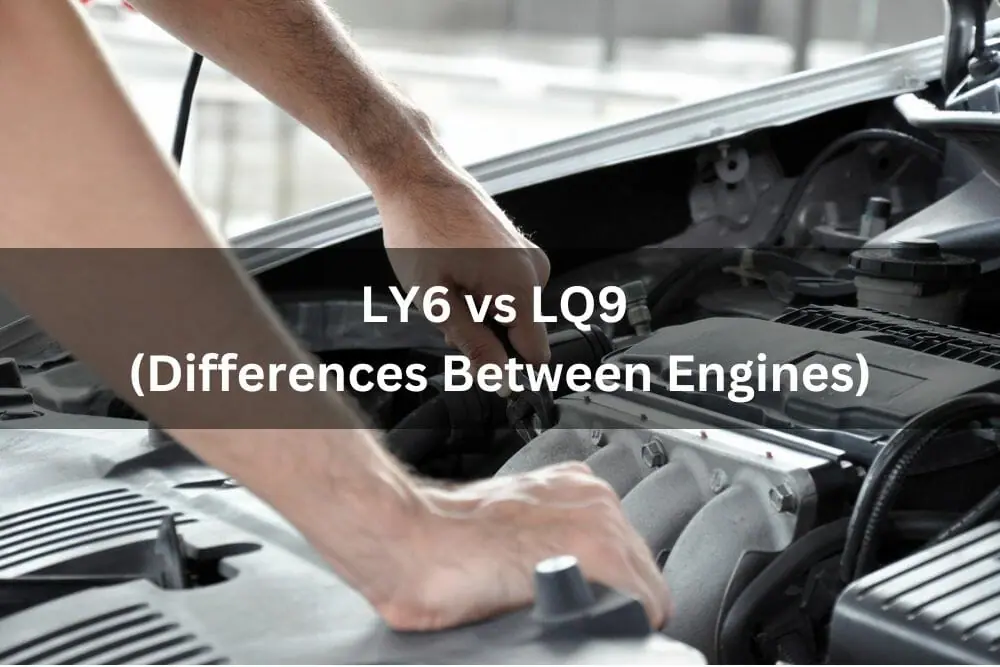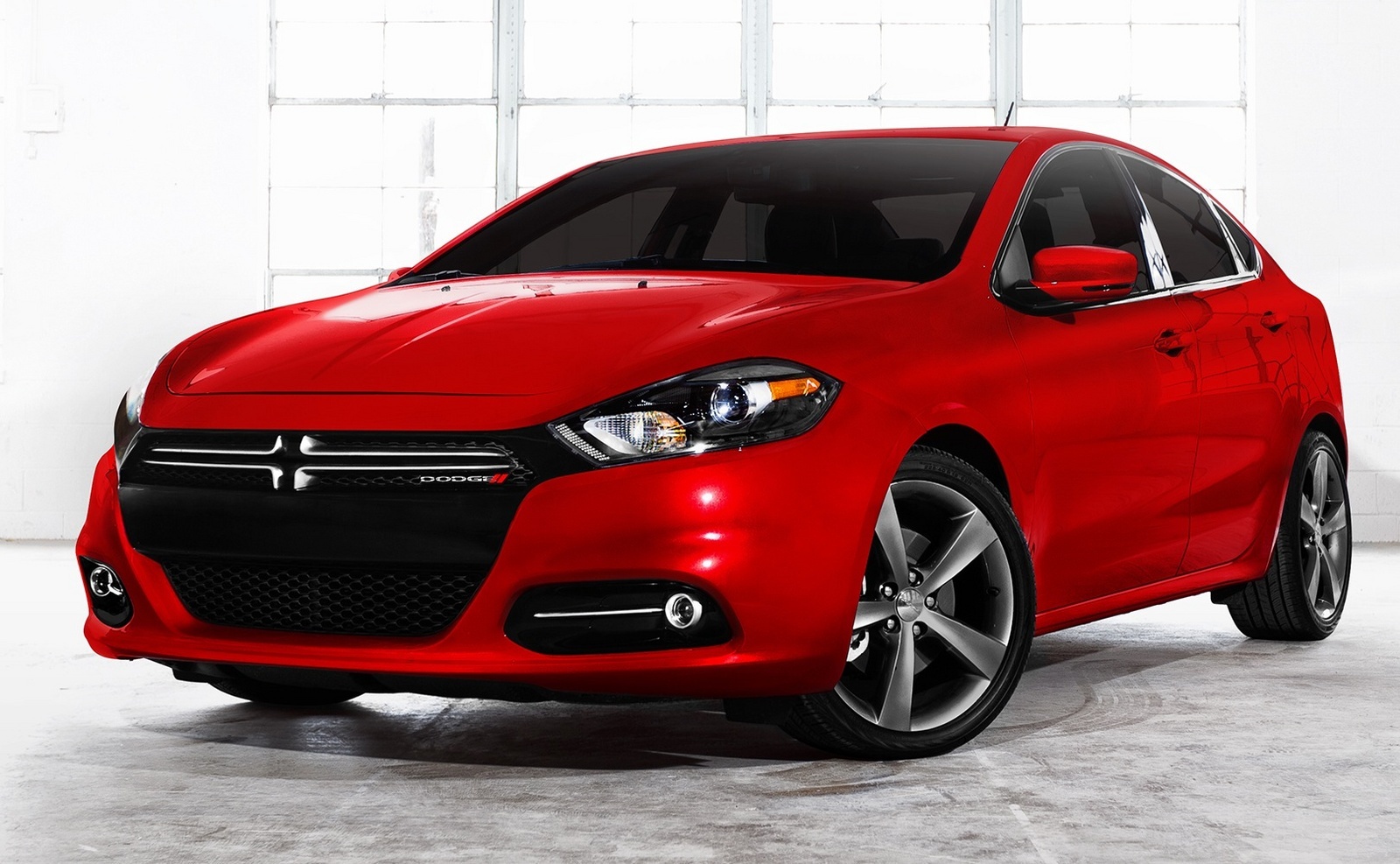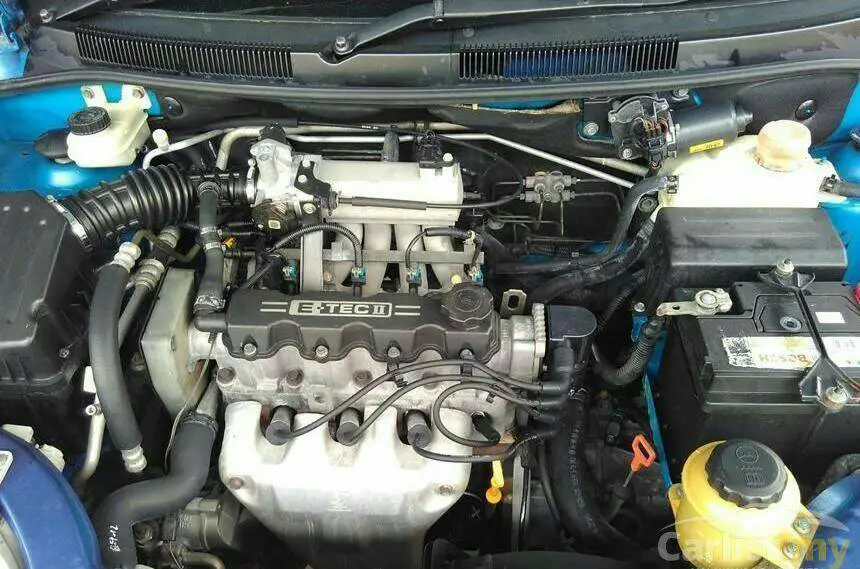The LY6 and LQ9, integral members of General Motors‘ LS engine series, represent the pinnacle of 3rd and 4th generation V8 small-block gasoline engines.
Familiarly known as Small Block Chevrolets, these powerhouses are synonymous with performance and have left an indelible mark on iconic vehicles, including the 1997 Corvette.
As the natural evolution of automotive engineering unfolded, it was inevitable that these exceptional engines would find their way into SUVs and trucks.
Enter the LY6 and LQ9, the fruition of General Motors’ strategic decision to infuse its LS engines into the realm of pickup trucks and mid-large SUVs.
Marketed under the names Vortec 6000, Vortex HO6000, and Vortec MAX, these engines signify a paradigm shift in power and capability.
Renowned as some of the most formidable truck engines in General Motors’ arsenal, the LY6 and LQ9 have earned their stripes in the automotive landscape.
In this comprehensive guide, we will delve into both engines, dissect their nuances, and ultimately provide a discerning verdict.
Join me as we unravel the intricacies of these powerhouses.
LY6

From 2007 to 2010, a significant number of GM SUVs and trucks were driven by the robust LY6 engines. This 6L 4th Gen LS engine, boasting a cast-iron block, found its niche primarily in heavy trucks and pickup vehicles. While colloquially known as the Vortec 6000, it’s important to note that this label was more of a marketing flourish than a technical distinction.
Drawing inspiration from its GM counterparts, the LY6 engine shares key specifications with other LG engineers. Notably, it maintains a 4-inch bore, a 3.6-inch stroke length, and valve timing akin to its predecessor, the LQ4.
Tailored for SUVs and load-bearing vehicles, the LY6 prioritizes torque over horsepower. Under standard conditions, it delivers a respectable 365 horsepower at 5600 RPM and a torque of 385 pounds/foot at 4400 RPM—figures that impress on paper.
Despite being a torque-centric engine with a compression ratio of 9:6:1, the LY6 exhibits an impressive capacity to reach up to 6000 RPM, a noteworthy feat for a 6L V8. Featuring rectangle port cylinder heads akin to LS3 models, it subtly enhances performance. While many LY6 specifications mirror its predecessor, the LS3, the absence of Sodium-filled exhaust valves is a notable deviation.
It’s crucial to keep in mind that all the aforementioned LY6 figures were derived using 87-octane fuel. Opting for high-octane fuel promises even greater power and performance for your vehicle. Explore the intricacies of the LY6 engine as we delve into its specifications and capabilities.
What does LY6 mean?
The LY6 is a code used by General Motors (GM) to identify a specific engine model. In the context of the LS engine series, “LY6” refers to a 6.0-liter Vortec V8 engine. The LS engine series from GM is a family of engines known for their performance, durability, and versatility, and they have been used in a variety of GM vehicles.
Breaking down the LY6 code:
“L” indicates it’s an engine from the LS family.
“Y” typically denotes a specific revision or generation within the LS series.
“6” signifies the engine’s displacement, which is 6.0 liters.
Therefore, the LY6 engine is a 6.0L V8 from the LS family, and it has been utilized in various GM vehicles, including trucks and SUVs.
What advantages do LY6 engines offer?
- Designed for Power: LY6 engines cater to heavy trucks and SUVs, ensuring robust performance without compromising fuel efficiency.
- Impressive Acceleration: The 2007 Chevy Silverado, powered by LY6, achieves 0 to 60 mph in a remarkable 6.9 seconds.
- Quick Quarter-Mile: Covering 0.25 miles in just 16 seconds, the LY6 demonstrates exceptional speed and agility for an SUV.
- Out-of-the-Box Performance: Stock LY6 numbers deliver solid performance, laying a strong foundation for potential modifications and optimizations.
- Customization Potential: Modify and optimize the LY6 for enhanced performance or improved fuel economy, unlocking its full potential at a reasonable cost.
- Balanced Design: Unlike its predecessor, the LS3, which leaned heavily towards performance, the LY6 strikes a balance between power and fuel efficiency.
- Nominal Cost for Enhancements: Enhancing LY6 capabilities doesn’t break the bank, providing an economical path to achieving personalized performance goals.
What Are The Vehicles with LY6 Engines?
- Chevrolet Silverado 2500 HD, 3500 HD: These heavy-duty pickups are equipped with the robust LY6 engine, ensuring high-performance capabilities for demanding tasks.
- GMC Sierra 2500 HD, 3500 HD: The GMC Sierra lineup, including the 2500 HD and 3500 HD models, benefits from the power and reliability of LY6 engines.
- GMC Yukon XL 2500 HD: LY6 engines bring substantial power to the GMC Yukon XL 2500 HD, enhancing its performance and towing capacity.
- Chevrolet Suburban 2500: The Chevrolet Suburban 2500 is outfitted with the LY6 engine, delivering a blend of power and versatility suitable for various driving conditions.
- GMC Savana 2500, 3500: LY6 engines power the GMC Savana lineup, providing ample strength and efficiency for cargo and passenger vans.
- Chevrolet Express 2500, 3500: Both the Chevrolet Express 2500 and 3500 models feature LY6 engines, ensuring reliable performance for diverse commercial and transport needs.
- Chevrolet Tahoe 2500: The Chevrolet Tahoe 2500 variant is another vehicle that benefits from the LY6 engine, offering enhanced capabilities for a full-sized SUV.
- Hummer H2: The Hummer H2, known for its rugged design, is equipped with the LY6 engine, providing the necessary power for off-road adventures.
- Chevrolet Avalanche: The Chevrolet Avalanche, with its unique blend of an SUV and pickup, is powered by the LY6 engine, offering versatility and performance.
- Cadillac Escalade 2500: The Cadillac Escalade 2500 variant utilizes the LY6 engine, contributing to its luxurious performance and towing capabilities.
LQ9
LQ9, a formidable 6.0L 3rd Gen small block engine utilized in GM vehicles spanning 2002-2007, was succeeded by the LY6 model. Marketed as Vortec 6000 and Vortec MAX, it showcased robust horsepower and torque, earning favor for loading vehicles, large SUVs, and trucks. Recognized for its versatility, the engine proved highly upgradeable, accommodating enhancements such as superchargers, turbochargers, cylinder head modifications, and nitrous oxide systems.
Featuring an iron block cylinder with a displacement of 364 CID, a 4-inch bore diameter, and a 3.622-inch stroke length, the LQ9 boasted a compression ratio of 10:1:1. With the capability to generate an impressive 345 horsepower and 380 feet/pound of torque, it stood as a reliable powerhouse in its class.
What advantages do LQ9 engines offer?
- Powerful Performance: The LQ9 is known for delivering robust horsepower and torque, making it a preferred choice for high-performance applications.
- Versatility: It is a versatile engine used in a range of vehicles, including trucks and SUVs, offering flexibility in application.
- Upgradeability: The LQ9 is highly upgradeable, allowing for modifications such as superchargers, turbochargers, cylinder head upgrades, and nitrous oxide systems to enhance performance.
- Durable Construction: With an iron block, the LQ9 is known for its durability and ability to withstand heavy use, making it suitable for demanding applications.
- Compression Ratio: The engine features a notable compression ratio, contributing to its overall performance characteristics.
- Torque for Towing: The engine’s substantial torque output makes it well-suited for towing applications, providing the necessary power for heavy loads.
- Bore and Stroke Dimensions: The engine’s 6.0L displacement, 4-inch bore diameter, and 3.622-inch stroke length contribute to its performance characteristics.
- Vortec Branding: Marketed under the Vortec 6000 and Vortec MAX branding, the LQ9 was associated with General Motors’ performance-oriented lineup.
Vehicles with LQ9 Engines
- Cadillac Escalade
- Cadillac Escalade EXT
- Chevrolet Silverado HO edition
- GMC Sierra HO
- Chevrolet Silverado Classic Vortec MAX
- Cadillac Escalade ESV
- GMC Sierra 1500 Classic VortecMAX
LY6 Vs LQ9
| Specification | LY6 | LQ9 |
| Years of Manufacturing | 2007-2010 | 2002-2007 |
| Horsepower | 364 | 345 |
| Compression Ratio | 9:6:1 | 10:1:1 |
| Torque | 383 ft/pound | 380 ft/pound |
| Displacement | 364 CID | 364 CID |
| Stroke Length | 3.622-inch | 3.622-inch |
| Bore Diameter | 4-inch | 4-inch |
| Piston Style | Valve reliefs | Flat top piston |
| Intake Port Shape | Rectangle | D-port |
| Intake Runner Volume | 257cc | 210cc |
| Exhaust Runner Volume | 87cc | 75cc |
Is the LY6 a good engine?

Also Read: Why Does My Car Sputters When Accelerating But No Check Engine Light?
The LY6 engine from General Motors stands as a well-regarded choice in the automotive realm, praised for its powerful performance and adaptability.
Commonly employed in heavy trucks, SUVs, and pickups, the LY6 has earned a reputation for its robust capabilities in towing and hauling scenarios. Its versatility across a range of vehicles underscores its adaptability to diverse driving conditions.
Beyond its stock configuration, automotive enthusiasts appreciate the LY6 for its upgradeability, allowing for modifications that enhance overall performance.
With a balanced design that considers both power and fuel efficiency, the LY6 remains a reliable and enduring member of the LS engine series, known for its durability and long-term reliability.
What’s better LQ9 or LQ4?
The choice between the LQ9 and LQ4 engines depends on specific preferences, use cases, and performance requirements. Both engines are part of General Motors’ Vortec 6.0L V8 engine family, and while they share many similarities, there are key differences that may influence the decision.
LQ9
- Higher Compression Ratio: The LQ9 has a higher compression ratio (10:1:1) compared to the LQ4, contributing to potentially enhanced performance.
- Flat-Top Pistons: LQ9 features flat-top pistons, which can contribute to the higher compression ratio and combustion efficiency.
- Performance-Oriented Vehicles: LQ9 engines are often found in high-performance vehicles and luxury SUVs, emphasizing power and refinement.
LQ4
- Lower Compression Ratio: The LQ4 has a slightly lower compression ratio (9.6:1:1), which may result in differences in performance compared to the LQ9.
- More Common in Trucks: LQ4 engines are commonly used in trucks, making them a practical choice for applications that prioritize torque and towing capacity.
- Cost Consideration: LQ4 engines may be more cost-effective, making them an appealing option for those looking for a reliable and powerful engine without the premium features of the LQ9.
Ultimately, the “better” engine depends on the specific requirements of the vehicle and the driver’s preferences. If higher performance and luxury are the priorities, the LQ9 might be preferable. On the other hand, if towing capacity and cost-effectiveness are crucial, the LQ4 could be a more practical choice. It’s recommended to consider factors such as intended use, budget, and desired features when making a decision.
How much horsepower can a LY6 handle?
The LY6 engine, part of General Motors’ LS engine series, is capable of producing a substantial amount of horsepower. In its stock configuration, the LY6 engine typically generates around 365 horsepower. However, the potential for additional horsepower depends on various factors, including modifications and upgrades.
Enthusiasts and automotive professionals often modify LY6 engines to increase their horsepower significantly. With aftermarket components such as performance camshafts, headers, intake systems, and tuning, it is not uncommon for modified LY6 engines to achieve well over 400 horsepower and even approach 500 horsepower or more, depending on the extent of modifications and the overall engine build.
It’s important to note that when increasing horsepower through modifications, other factors such as the drivetrain, transmission, and overall vehicle setup should be considered to ensure the engine’s enhanced power can be effectively utilized without compromising reliability or drivability. If you’re considering modifications for increased horsepower, consulting with automotive experts or engine builders is recommended to tailor the upgrades to your specific goals and vehicle application.
FAQs – LY6 vs LQ9
Which 6.0 LS is the best?
The “best” 6.0 LS engine depends on specific needs. The LY6 is well-regarded for balance between power and fuel efficiency, while the LQ9 is known for higher performance.
How much HP does a LQ9 have?
The LQ9 engine typically produces around 345 horsepower in its stock configuration. However, this can vary based on the vehicle and specific tuning.
What does LSX stand for?
LSX stands for “Luxury Sport Crossover.” It is also used colloquially to refer to high-performance versions of the LS engine series.
Difference between LQ9 and LS2?
The LQ9 and LS2 engines share similarities but differ in their intended use. The LS2 is often found in performance cars, while the LQ9 is commonly used in trucks and SUVs.
Difference between LS1 and LQ9?
The LS1 and LQ9 engines differ in compression ratio, design, and intended application. The LS1 is known for its use in early-generation performance cars, while the LQ9 is favored in trucks and SUVs.
Difference between L96 and LY6?
The L96 and LY6 are both 6.0L engines, but the L96 is typically used in trucks, while the LY6 is more commonly found in SUVs and certain vehicles.
Is a LY6 an LS3?
The LY6 and LS3 are distinct engines. While they share some characteristics, the LY6 is part of the truck engine variant within the LS family, whereas the LS3 is often used in performance cars.
Is LY6 an iron block?
Yes, the LY6 features an iron block. The use of an iron block contributes to its durability and makes it suitable for heavy-duty applications, such as trucks and SUVs.
Conclusion – LY6 vs LQ9
In wrapping up, when it comes to choosing between different 6.0 LS engines like the LY6 and LQ9, it boils down to your needs.
If you want a balance of power and efficiency, the LY6 is a solid pick.
On the other hand, if you’re leaning towards more horsepower, the LQ9 might be your go-to.
Understanding these engines’ differences and applications helps in making a choice that suits your vehicle and driving preferences.
So, whether you’re into trucks, SUVs, or performance cars, finding the right 6.0 LS engine means finding the right match for your ride.




